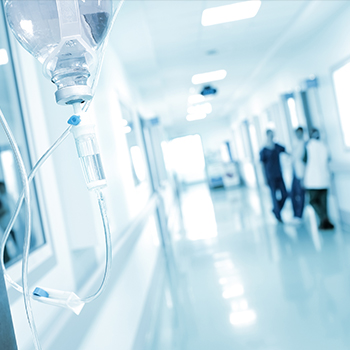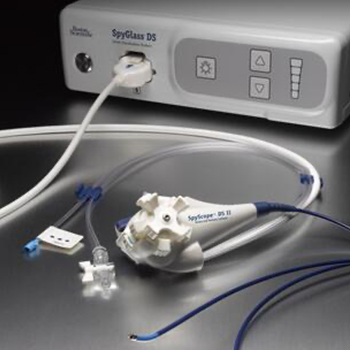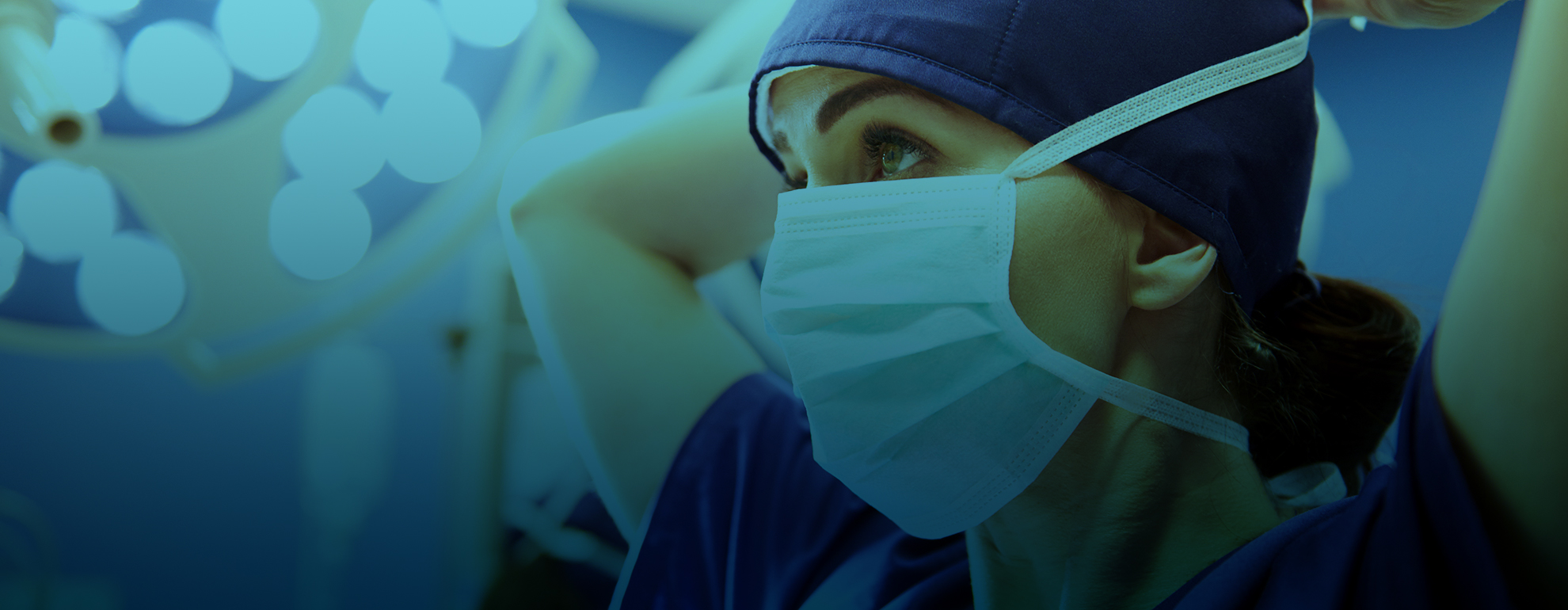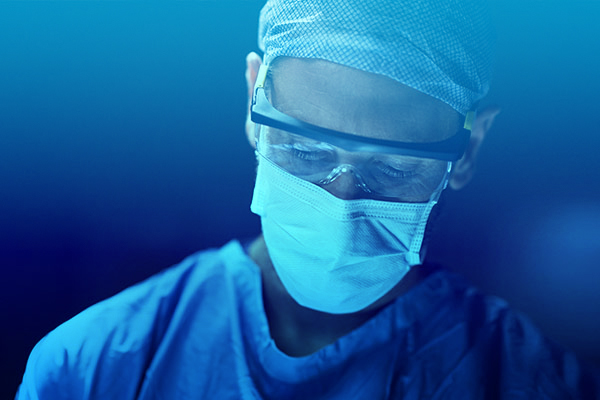Easing patient backlog with fewer interventions and shorter stays

You also have to deal with the backlog of treatments that were put on hold during the crisis, as well as avoid the creation of waiting lists that could potentially worsen health impacts on patients.
For patients undergoing endoscopic retrograde cholangiopancreatographies (ERCP), this will mean minimizing the likelihood of repeat procedures and shorter in-patient stays.
Effective stone management
The SpyGlass™ DS II System enables high resolution imaging and therapy during an ERCP procedure to target biopsies and fragment stones, which may result in more efficient evaluation and help reduce the need for additional testing and repeat procedures compared to traditional ERCP. In addition, patients can receive treatment sooner.
Around 10-15% of biliary stones are considered difficult and cannot be treated effectively by standard ERCP.1
The SpyGlass™ DS II System combined with lithotripsy devices such as the Autolith™ Touch System for Electrohydraulic Lithotripsy (EHL) allows to fragment biliary stones under direct visualization, leading to an increased stone clearance success rate2 in single session treatments.

SpyGlass™ DS II Direct Visualization System
Achieving clearance of biliary stones in a single session and reducing the need for repeat procedures may deliver greater patient satisfaction and reduce unnecessary procedural costs.
Using EHL to fragment complex stones under direct visualization has been shown to be clinically effective with demonstrated procedural success, with single-session stone clearance rates greater than 95%.3
Fewer procedures and lower associated costs
In the case of large or difficult stones, SpyGlass DS II System has shown a high success rate of 82% to 93% for stone clearance4-5, as well as a reduction of the number of procedures and associated costs when SpyGlass is used in the first lithotripsy session.6
The SpyGlass Retrieval Basket – a manual endotherapy instrument designed to be inserted through the working channel of the cholangioscope -- can be used to capture and remove residual biliary and pancreatic stones and stone fragments visualized with the SpyGlass DS II System.
During Laparoscopic Common Bile Duct Exploration (LCBDE) procedures, the SpyGlass Discover Digital Catheter guides both optical and accessory devices for diagnostic and therapeutic applications, offering the potential to move from a two-stage to a one-stage procedure.
It allows surgeons and interventional radiologists to start every LCBDE with a brand-new sterile endoscope designed to deliver consistent, predictable results. In addition, the single-use approach reduces the costs linked to sterilizing and reprocessing the devices.
The SpyGlass solutions continue Boston Scientific’s legacy of delivering innovative devices designed with patient safety in mind.
Read more articles
Physician-controlled wire-guided ERCPs mean fewer complications and backlogs
Fewer complications reduce the need for medical surveillance and lead to shorter hospital stays, helping ease patient backlogs.
Read ArticleAchieving Diagnostic Efficiency
Find out which technologies could help you reach definitive diagnosis earlier.
Learn more
HERE TODAY.
And ready for tomorrow.
While we know our support may need to continually evolve, we're here to meet your clinical needs
and to partner with you for solutions to address your unique challenges.
We're here to help
![]()
Request a Sales Rep
Fill out a quick form and one of our sales representatives will be in touch to answer any questions you have.

Stay Updated on our Technologies
Sign up for information on our latest technologies and events.

















